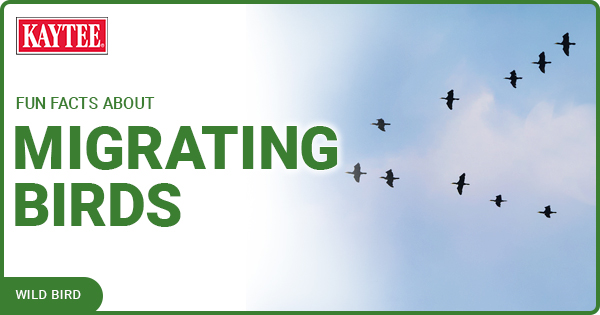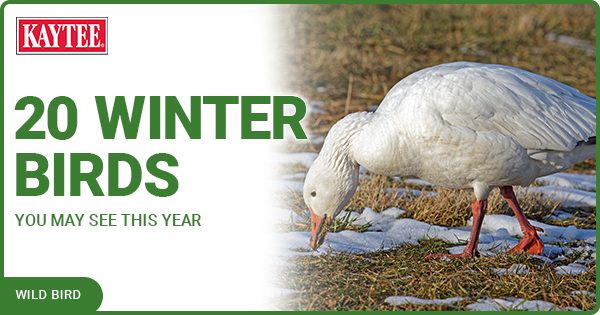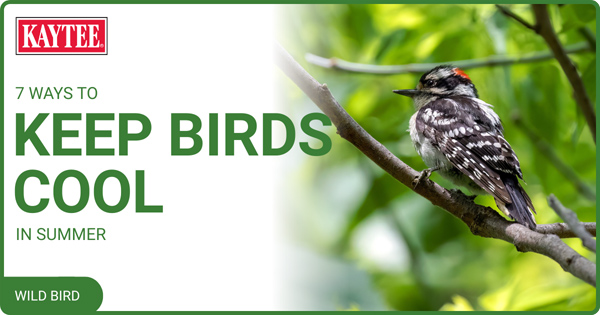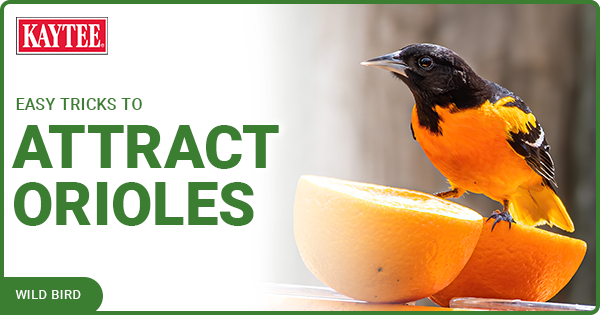10 Backyard Birding Tips to Get Started
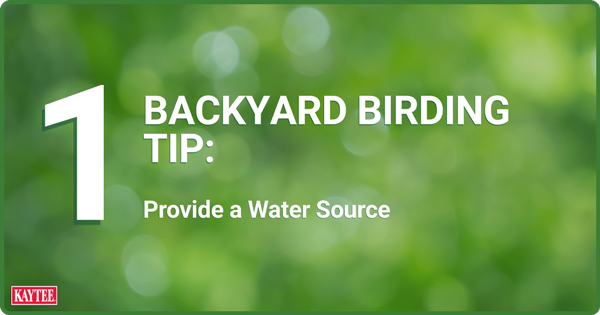
1. Providing a Reliable Water Source
Birds need clean, fresh water year-round for drinking and bathing which is just as important as food. A shallow dish or birdbath placed near your feeders helps make your backyard a go-to spot for birds. In colder months when water sources may freeze consider options like placing warm water out regularly or using a heated birdbath to help birds stay hydrated.
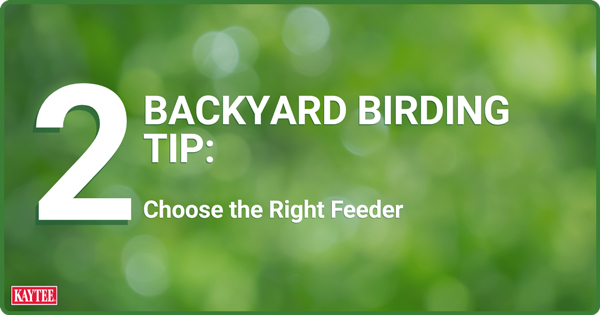
2. Choosing the Right Feeder
The type of feeder you use can make a big difference between the birds you attract and how easy it is to maintain. Tube feeders are great for small birds and work well with Black Oil Sunflower or mixed seeds. Hopper feeders hold more seeds and appeal to a wide range of birds, while tray feeders offer an open space for ground-feeding species or for multiple birds to feed simultaneously. Suet and seed cake feeders are ideal for woodpeckers and other clinging birds, and nectar feeders are made specifically for hummingbirds. Consider using a mix of feeder types to offer variety and keep more birds visiting your yard throughout the year.
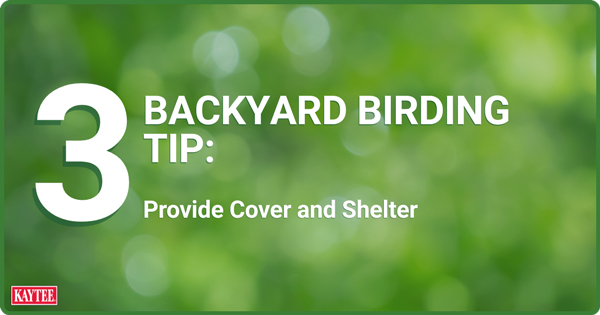
3. Providing Cover and Shelter
Placing feeders near trees, shrubs, or other natural cover makes birds feel more secure while they eat. These areas offer quick shelter from predators and give birds places to rest or perch between visits to your feeder. When feeders are close to cover birds are more likely to use them regularly and stay longer in your yard.
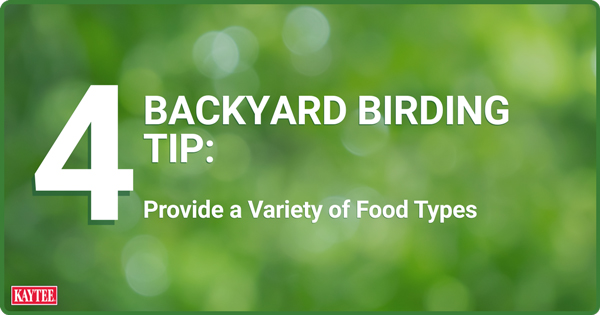
4. Providing A Variety of Food Types
Birds have different preferences when it comes to seeds and grains and offering only one type can limit the variety of birds you see. Try using a mix of feeders and food types such as suet, seed cakes, peanuts, nectar, mealworms or blends of different high-quality seeds. Providing more variety helps attract a wider range of species and makes your birdwatching experience even more enjoyable. Kaytee offers charts and seed suggestions to help you target your favorite species.
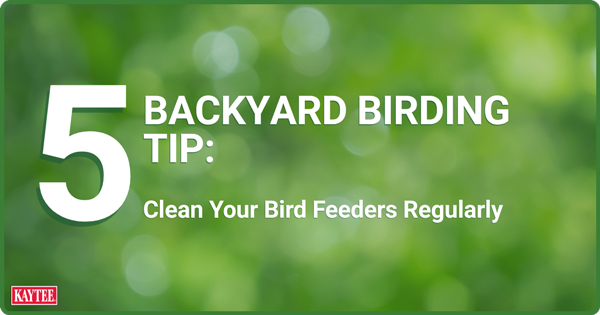
5. Clean Your Bird Feeders to Keep Birds Healthy
Feeders aren’t just a place to eat, they are shared spaces. Over time uneaten seeds, moisture, and droppings can lead to mold or bacteria that are harmful to birds. Rinse and scrub feeders regularly using warm water and a mild bleach solution (9 parts water to 1 part bleach) then air-dry completely before refilling. Clean hummingbird feeders more often especially in warm weather. A clean feeder helps keep birds safe and coming back.
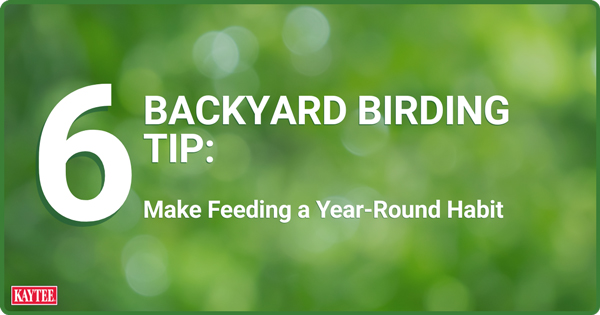
6. Making Feeding a Year-Round Habit
Birds benefit from consistent access to food throughout the year especially as natural food sources shift with the seasons. Regular feeding supports birds during nesting, migration, and daily activity and becomes even more important in winter when natural food is often scarce. Keeping your feeders filled helps birds stay energized and encourages repeat visits to your backyard.
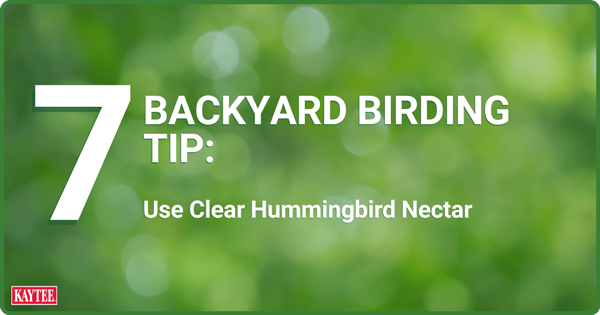
7. Using Clear Hummingbird Nectar
The best way to attract hummingbirds is to use the right red feeder with clear hummingbird nectar. The red dye found in some hummingbird nectars can be harmful to hummingbirds. There are other ways to attract hummingbirds safely that will not negatively affect their health like the artificial red dye can. Most feeders are made of bright-colored plastic or glass which attract them. There are also certain flowers that hummingbirds love and adding them to your backyard will increase the hummingbirds you can attract.
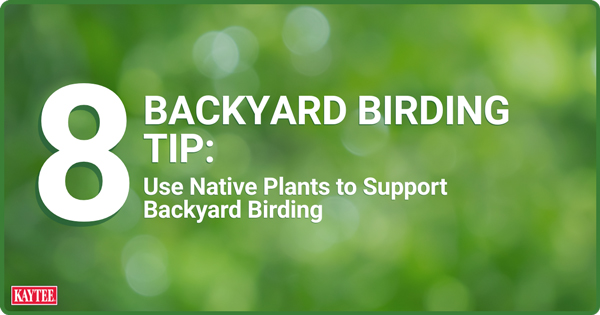
8. Using Native Plants to Support Backyard Birding
Native plants can do more than add beauty to your yard they offer natural food, shelter, and nesting areas that local birds rely on. Native trees, shrubs, and flowers are adapted to your region and support insects that many birds feed themselves on and their young. By planting even a small patch of native vegetation can help create a healthy bird-friendly habitat that complements your feeders and brings more birds to your backyard.
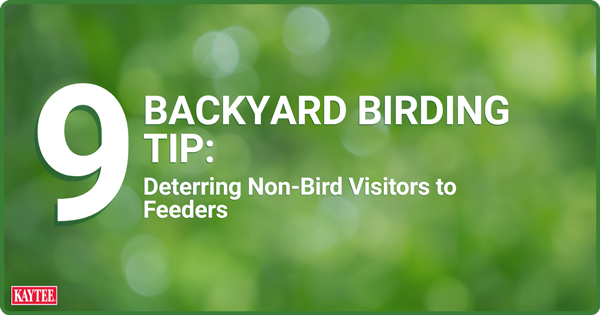
9. Detering Non-bird Visitors to Feeders
Backyard feeders can sometimes attract more than just birds. Squirrels, chipmucks and other wildlife can be attracted to your feeder especially when food is easy to reach. To reduce these critters from eating your seed use baffles on feeder poles, hang feeders out of reach, and clean up spilled seed regularly. Certain feeder designs also help keep critters from accessing your seeds which can increase refill amounts needed.
One helpful strategy is to offer a separate food source designed specifically for squirrels and other wildlife. Products like our Kaytee Backyard Wildlife work as a delicious distraction drawing critters away from your bird feeders.
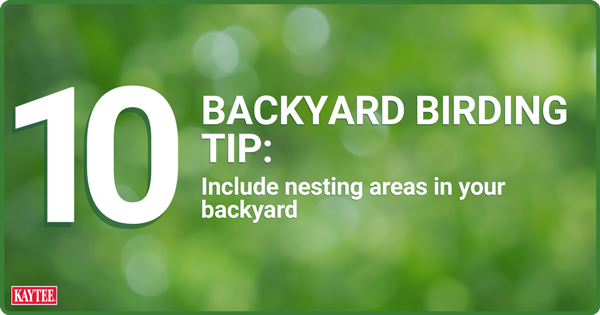
10. Include Nesting Areas in Your Backyard
Birdhouses and natural nesting areas like trees, shrubs, and bushes provide birds with safe places to raise their young. Many birds return to the same nesting area year after year if they feel secure, and while young birds don’t typically return to the exact yard they hatched in, they often settle nearby once they are old enough to nest. Creating a welcoming space with shelter not only supports the birds in your area today but also helps build a lasting bird-friendly environment for seasons to come.
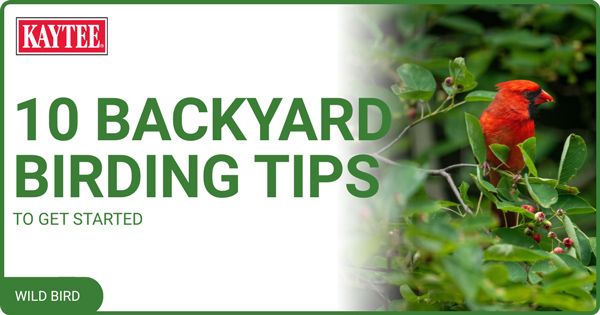
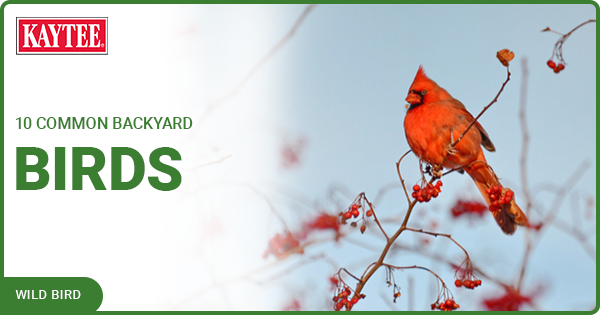
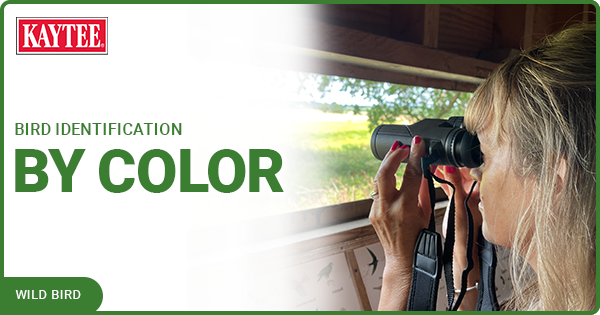
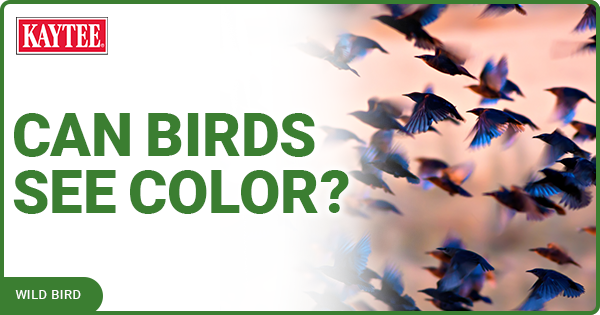
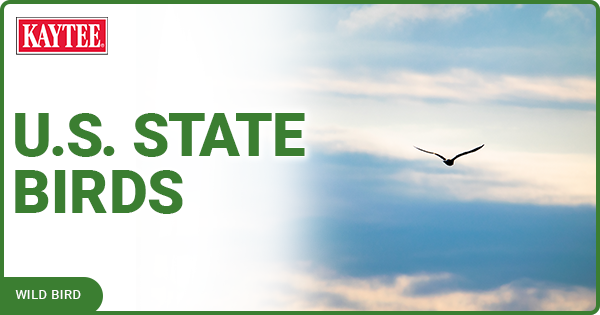
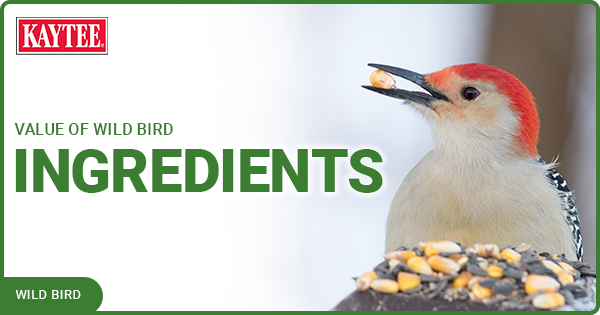
.png?h=315&iar=0&w=600&hash=9C09A701CB4D5CF9B2C5B7FA2DA01F2E)
